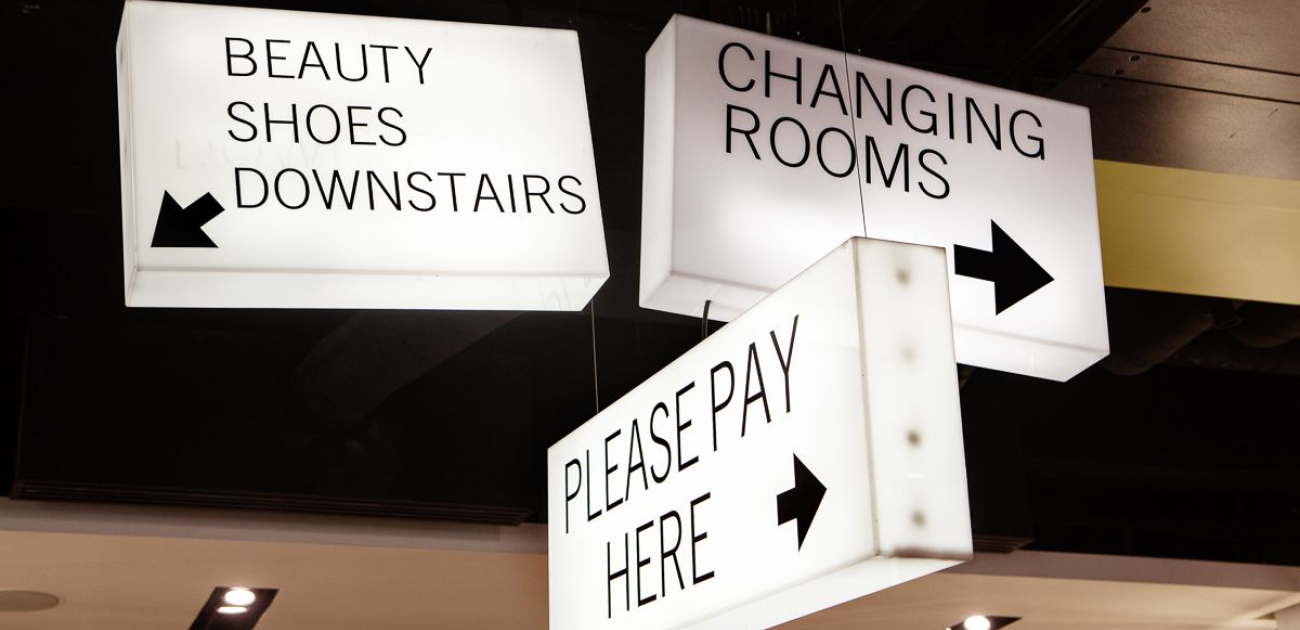On the Origin of Retail: An Evolutionary Analysis
“Retail Apocalypse!” “Amazon Takeover!” “Goodbye, Brick-and-Mortar!” These reflect the flavor of headlines these past few years: one of a retail Armageddon, or the end as we know it of brick-and-mortar. While several prominent retailers have turned to bankruptcy and store closures, research demonstrates that this doomsday hype is somewhat overblown. Statistics indicate that the number of retail locations nationally has actually increased, and global retail sales continue to increase. So why the prevailing narrative? Because “Toys-R-Us Closing all Locations!” makes for a great click-bait headline. The simple fact is that the retail industry is changing, and while this may result in the closure of big box stores with niche products and high overhead, such as toys or sporting goods, global retail sales are anticipated to continue to increase, from a market value in 2017 of $23.4 trillion to an estimated $24.6 trillion in 2018. Further, analytics reveal that across nearly every type of product, the majority of consumers still prefer to buy products in a physical store rather than online.
How are retailers succeeding in this increasingly digitalized world? Well, as Darwin taught us, evolve and adapt or perish. There are many buzzwords associated with the current evolution of the retail world: “experiential”, “omni-channel”, and “live-work-play”, to name a few. The reality is that successful retailers, both large and small, must adopt a workable strategy that incorporates, at a minimum, each of these concepts.
Experiential: There is no substitute for the in store experience. Consumers yearn to touch, try, and sometimes, spend time, interacting with the product. As JLL Retail summarized in their annual report, shoppers want an intuitive, accessible and immersive experience that is user-friendly. Apple is considered the leading retailer in this sense: shoppers are able to easily locate particular products in Apple’s beautiful and pared-down storefronts. Further, shoppers are increasingly interested in a meaningful shopping experience tied to a human element, as evidenced by the explosion of socially-conscious stores such as Warby Parker and Toms. And finally, consumers desire a personalized experience, with an availability of products that they specifically would have purchased anyway. This demonstrates yet another example of the increasing use of consumer data to customize a shopper’s experience.
Omni-channel: This component of retail adaptation might be put most simply as: adaptation. In today’s world, retailers must approach the marketing, sale, and user experience of their products through online shopping, a physical store, and by phone. Though this concept isn’t exactly breaking news, the critical components of a successful omni-channel retailer are a seamless integration of these channels coupled with strategic and targeted customer marketing.
Live-Work-Play: Retailers are finding success in the increasingly desirable “campus- like” developments, or those that integrate, in one location, office, gym, grocery store and retail. Consumers appreciate the convenience of finishing work, hitting the gym, and stopping by the grocery store, wine shop, or dress shop for their Friday night outfit all in one fell swoop before heading upstairs to their homes. Additionally, retailers gain the benefit of increased consumer exposure given the myriad of tenants seen in these mixed-use developments.
Retail has seen previous historic disruptions, from the shift from a barter-based economy to one of cash, the breakthrough concept of remote shopping introduced by Sears’ catalogue in late 19th century, a rise in urbanization and rail and road networks encouraging major malls and department stores, to the current shift to e-commerce. Though the details of these retail disturbances change, the basic demand for commodities does not.
Do you want more information?
 Louise Giannakis
Louise GiannakisLouise Giannakis is an Associate in the firm’s Real Estate Group.

